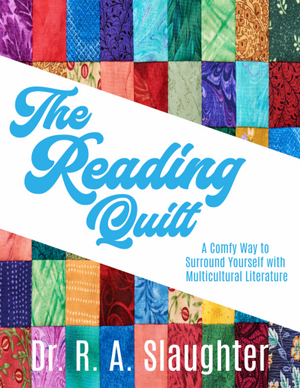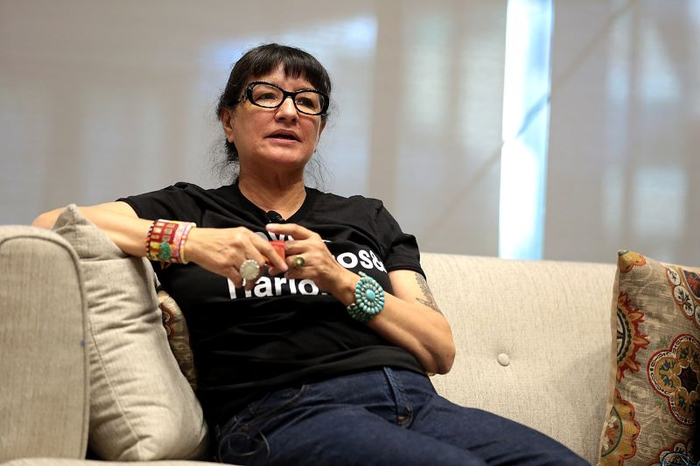If you had a home where you could shelter in place during the COVID-19 quarantine, you counted your blessings. In 2020, during the height of COVID and the stay-at-home order issued by Governor Tom Wolf, there were more than 1,000 homeless or residentially challenged Philadelphians. Especially during the pandemic, the homeless population stood in stark contrast to people who were in “quarantine and chill” mode, with Netflix and TikTok as anchors in the storm.
During the pandemic, people had the opportunity to see their houses and neighbors in a whole new light. With some extra time on their hands, neighbors connected through socially distant experiences that celebrated health, fitness, The Arts, and other pastimes. Consider the many weeks of virtual Zumba classes, virtual calls, virtual wine tastings, and more that made our work-from-home mandate bearable.
In her novel, The House on Mango Street (Vintage, 1991), Sandra Cisneros uses vivid imagery to share her cultural experiences of Latina life. In colorful and compelling vignettes, we experience the main character, Esperanza Cordero, as a Latina coming of age in the poorest part of Chicago.

Each month “The Reading Quilt” provides a short review of a book that a teacher may use to spark conversations about culture and race, along with a learning activity that may help students understand human behavior. Using the acronym QUILT, the review offers readers information about the Quality of writing, Universal theme, Imaginative plot, a mini Lesson plan, and Talking points that stem from the book’s premise. This month’s selection is The House on Mango Street by Sandra Cisneros.

Sandra Cisneros speaking at an event in 2017. Gage Skidmore, CC BY-SA 2.0, via Wikimedia Commons
Sandra Cisneros first captured the world with her book “Bad Boys” (Mango Publishing, 1980). Four years later, Cisneros mesmerized readers with her book “The House on Mango Street” (1984), a poignant fiction that etched itself indelibly into the literary landscape. In her novel, Cisneros seamlessly blends prose and poetry to illustrate themes of identity, belonging, and the quest for self-expression. Cisneros’ narrative expertise in “The House on Mango Street” solidifies her status as a literary luminary, leaving an indelible mark on the literary world.
Born in Chicago on Dec. 20, 1954, Cisneros was the third of seven children. Her parents, Alfredo Cisneros de Moral and Elvira Cordero Anguiano raised Sandra and her siblings in Chicago. When Cisneros was 11 years old, her family moved to Humboldt Park, a predominantly Puerto Rican neighborhood in Chicago that became the inspiration for Cisneros’ first book. While attending a Catholic girls’ high school, Cisneros met a teacher who inspired her to write poetry. Her love for poetry bloomed in college, where she began to explore the intersectionality of being a Mexican American woman.
Quality of writing: Cisneros offers a window into the life of Esperanza Cordero, a young girl living in impoverished Chicago. With stark honesty and colloquial language, Cisneros paints a collage of the people and circumstances that she encounters in her neighborhood. Using authentic descriptions, she makes the reader privy to her mixed bag of feelings. In poetic language, Cisneros offers shame, pride, and disdain in episodic notes that leave the reader thoughtful.
Universal theme: The coming-of-age theme is a popular one in young adult fiction. In Cisneros’ novel, Esperanza’s keen exploration of her life and culture is proof of her budding adulthood. Sometimes, with child-like eyes, Esperanza details adult encounters that leave the reader feeling sorry for the young girl. This is true when an old Asian man kisses her full on the mouth without her consent.
Imaginative plot: Cisneros’ vignettes of Esperanza Cordero’s life describe a year of her life. In that year, Esperanza moved into a broken-down palace on Mango Street. It is her parents’ pride and the object of Esperanza’s disdain. While living on Mango Street, Esperanza meets her neighbors. Despite her mature view of people’s idiosyncratic behaviors, Esperanza is just 12 years old. In a poetic style, Cisneros reveals Esperanza’s encounters with poverty, sex, and sexual assault. In the end, Cisneros leaves her neighborhood but carries Mango Street and “the ones who cannot get out” in her psyche.
Lesson plan: As the child of a Mexican father and a Mexican American mother, Cisneros bounced back and forth between Mexico and the United States. Students can learn the history of Mexico’s relationship with the United States and what it means to be Mexican American.
Talking points:
- There are many words to describe Latin American origin or descent. Can you explain terms like Latino, Hispanic, Mexican descent, and Mexican American?
- Why is the term “Chicano” no longer used as a description of an ethnic identity?
- What is the history of the Mexico-United States border? Describe the controversies and disputes relating to the border.
- How are Mexican Americans and people of Mexican descent portrayed in the media? How do these images affect your feelings about Mexican Americans or their culture?

Dr. R. A. Slaughter’s (Doc) textbooks Turning the Page: The Ultimate Guide for Teachers to Multicultural Literature, and Turning the Page: A Guide to Securing Multicultural Literature for Schools, both published by Rowman & Littlefield and available in all bookstores, have brought Doc international recognition. Doc’s lecture on “Uncommon Literacies and BBIPOC Joy” is often met with standing ovations. For more information, log onto DrRachelSlaughter.info or check out “The Reading Quilt ” Talk Show, every Monday, at 3:30 pm on Philly Cam.





